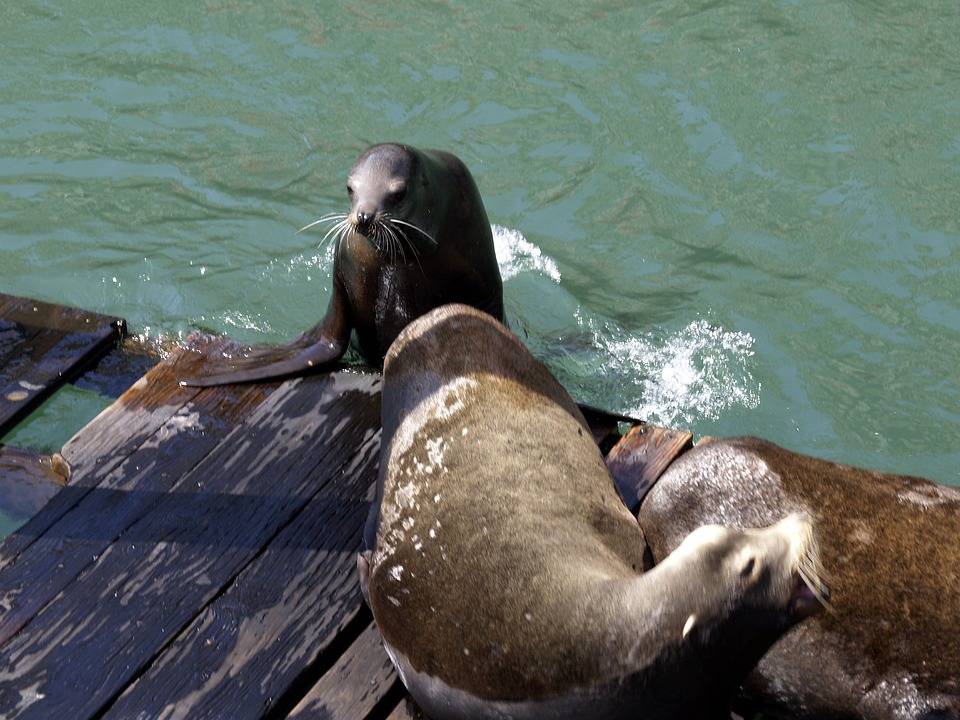Creating an enriching environment for fish in aquarium tanks goes beyond just providing them with a comfortable habitat. Environmental enrichment plays a crucial role in enhancing the overall well-being and behavior of fish. By replicating elements of their natural habitat and incorporating stimulating activities, we can positively influence their behavior, reduce stress levels, and promote their overall health. In this article, we will explore the various ways environmental enrichment affects fish behavior and the importance of incorporating it into aquarium tank setups.
The Importance of Environmental Enrichment
1. Enhancing Natural Behavior: Fish exhibit a range of natural behaviors such as exploration, foraging, and social interactions. Environmental enrichment allows them to engage in these behaviors, promoting their mental stimulation and overall happiness.
2. Reducing Stress Levels: A lack of stimulation or an unsuitable environment can result in elevated stress levels for fish. Environmental enrichment provides them with the necessary outlets for mental and physical engagement, helping to alleviate stress and its negative consequences on their well-being.
3. Preventing Boredom: Boredom can lead to undesirable behaviors such as aggression, fin-nipping, or excessive hiding. By providing a variety of enriching elements, we can keep fish actively engaged, preventing boredom and its associated problems.
Ways to Enrich the Aquarium Environment
1. Aquatic Plants and Decorations: Live or artificial plants, rocks, driftwood, and caves mimic natural hiding spots and provide fish with places to explore, hide, and establish territories.
2. Variety of Substrates: Utilizing different types of substrates, such as sand, gravel, or a combination, allows fish to exhibit natural foraging behaviors, sifting through the substrate in search of food.
3. Introducing Tankmates: Selecting compatible tankmates encourages social interactions and provides opportunities for natural behaviors like schooling or shoaling.
4. Feeding Strategies: Implementing feeding strategies that require fish to actively search for food, such as using food puzzles or feeding at various water depths, helps stimulate their natural hunting instincts.
5. Water Flow and Currents: Mimicking natural water flow patterns with the use of water pumps or air stones provides fish with physical exercise and stimulates their natural swimming behaviors.
FAQs – Environmental Enrichment for Fish in Aquarium Tanks
Q1: Can environmental enrichment help reduce aggressive behavior in fish?
A1: Yes, environmental enrichment can help reduce aggression in fish. By providing ample hiding spots, territories, and social interactions, fish have outlets for their natural behaviors, potentially reducing stress and aggressive tendencies.
Q2: How often should I change the enrichment elements in the tank?
A2: Enrichment elements should be periodically rearranged or replaced to prevent habituation and maintain the novelty factor. Changing the layout every few weeks or months can keep the fish engaged and prevent boredom.
Q3: Can environmental enrichment benefit all fish species?
A3: Environmental enrichment can benefit a wide range of fish species. However, it is important to research the specific needs and behaviors of each fish species to ensure the enrichment elements provided are appropriate and suitable for their requirements.
Q4: Are there any potential risks associated with environmental enrichment?
A4: While environmental enrichment is generally beneficial for fish, it is crucial to avoid overcrowding the tank or introducing elements that may harm or stress the fish. It is essential to monitor the fish’s behavior and make adjustments accordingly.
In conclusion, incorporating environmental enrichment in aquarium tanks is vital for promoting positive fish behavior, reducing stress levels, and enhancing their overall well-being. By replicating elements of their natural habitat and providing stimulating activities, we can ensure that our fish thrive in their aquatic environment. Remember to research the specific needs of your fish species and continually assess their behavior to provide them with an enriching and fulfilling environment.









